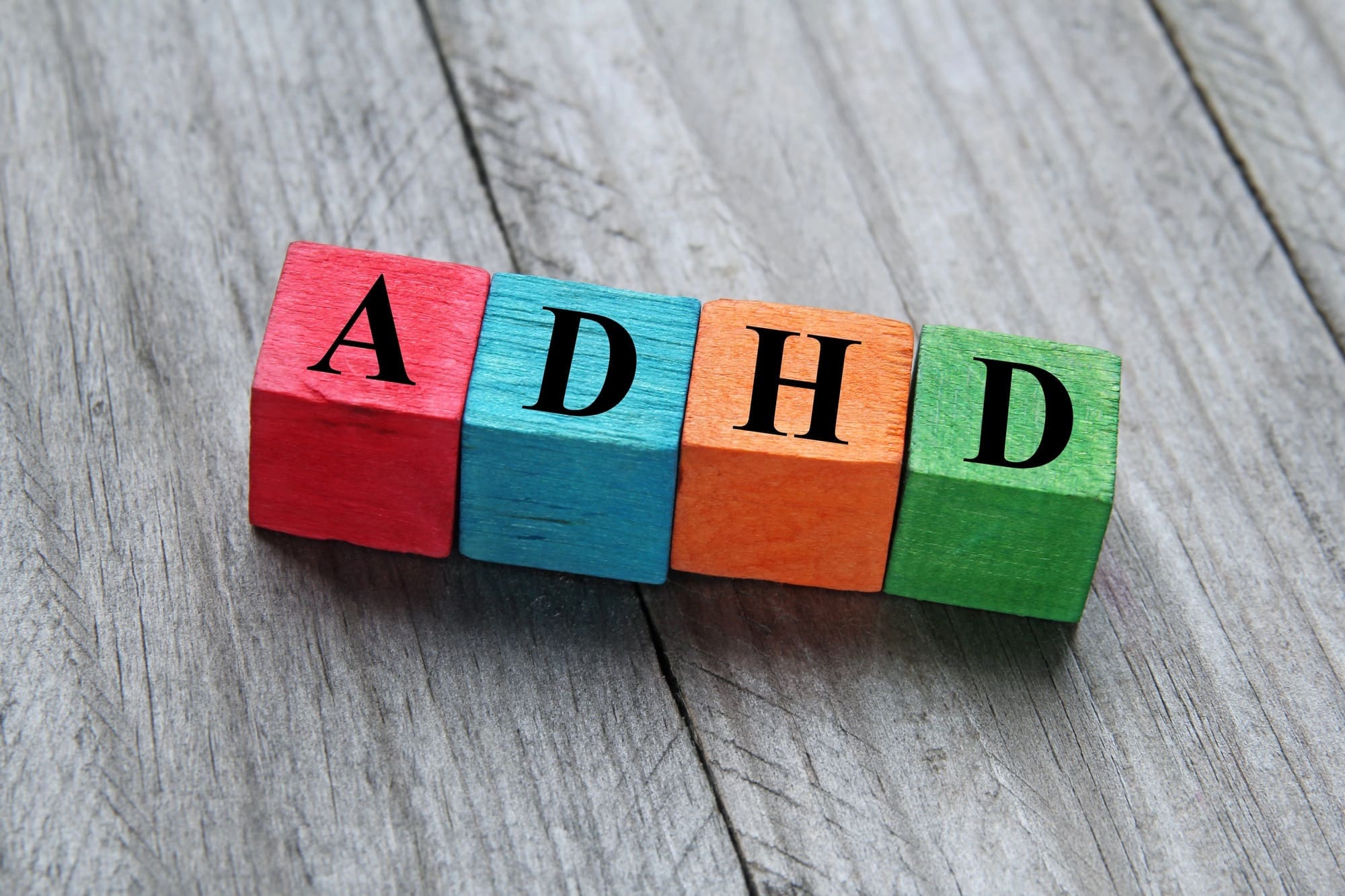The West Coast Health Alliance has spoken & confirmed that vaccines are safe and they do not cause autism. This message is important because many parents have heard confusing or frightening claims over the years. Some of those claims came from outdated information or from people sharing opinions unsupported by science. Doctors and researchers around
Research on the correlation between ADHD symptoms and autistic children is a crucial step toward a better understanding of mental health. Recently, a study conducted by the experts at UC Davis MIND Institute has shed light on the topic and revealed that children with autism who grew up in disadvantaged communities are more prone to developing severe symptoms of ADHD compared to those from more affluent neighborhoods.
Dr Catrina Calub, the lead author of the research paper and a postdoctoral researcher under the guidance of renowned professor Julie Schweitzer in the Department of Psychiatry and Behavioral Sciences at UC Davis MIND Institute, highlighted this finding.
Equal access to resources & opportunities for autistic children
According to her, this trend was not observed in typically developing children or those with other developmental disabilities, reaffirming the strong linkage between neighborhood factors and ADHD symptoms in autistic children. She explains that this correlation emphasizes the need for equal access to resources and opportunities for autistic children, as living in disadvantaged neighborhoods may exacerbate their ADHD symptoms.
The researchers utilized the Child Opportunity Index, which analyzes various neighborhood characteristics such as socioeconomic status, availability of green spaces, the prevalence of single-parent households, and proximity to early childhood education centers.
The research procedure
To get a comprehensive understanding of the impact of these factors on autistic children, the team studied 246 participants with autism, 85 with developmental delays (without autism), and 193 neurotypical individuals. In the index, three significant factors stood out: education, health and environment, and social and economic resources. Higher scores in these domains were associated with better overall childhood health and a lower likelihood of developing ADHD symptoms later on among Autistic.
Dr Julie reveals that more resources should be allocated in these areas, as it would have a positive impact on academic and social development, mental wellbeing, and physical health outcomes for Autistic youth. This could also potentially decrease the long-term economic burden associated with ADHD treatment and management.
As of now, these findings may not be generalizable to all groups since there is a lack of diversity in the current sample. Therefore, future studies must have a larger and more diverse participant pool to investigate further the potential influence of neighborhood conditions on ADHD symptoms in various populations, including youth without autism and marginalized ethnic groups such as Black, Asian, and Native American individuals.
Ultimately, this research could provide valuable insight into addressing ADHD disparities and improving outcomes for all affected individuals.
Early intervention and therapy in Sacramento
Besides addressing environmental and socioeconomic factors, early intervention and therapy can also play a crucial role in managing Autistic and ADHD symptoms. Applied Behavior Analysis (ABA) therapy is one of the most commonly used interventions for individuals with autism. Still, it has also been proven effective in improving symptoms in children with ADHD.
For any support related to ABA therapy, we at Sacramento ABA Therapy are here to help.

